The untamed wilderness of Alaska, vast plains, towering mountains, and not a soul in sight. Gates of the Arctic is the least visited national park in the USA. Its infrequent visits are not due to a lack of beauty—quite the contrary—it’s because of its remote location in Alaska.
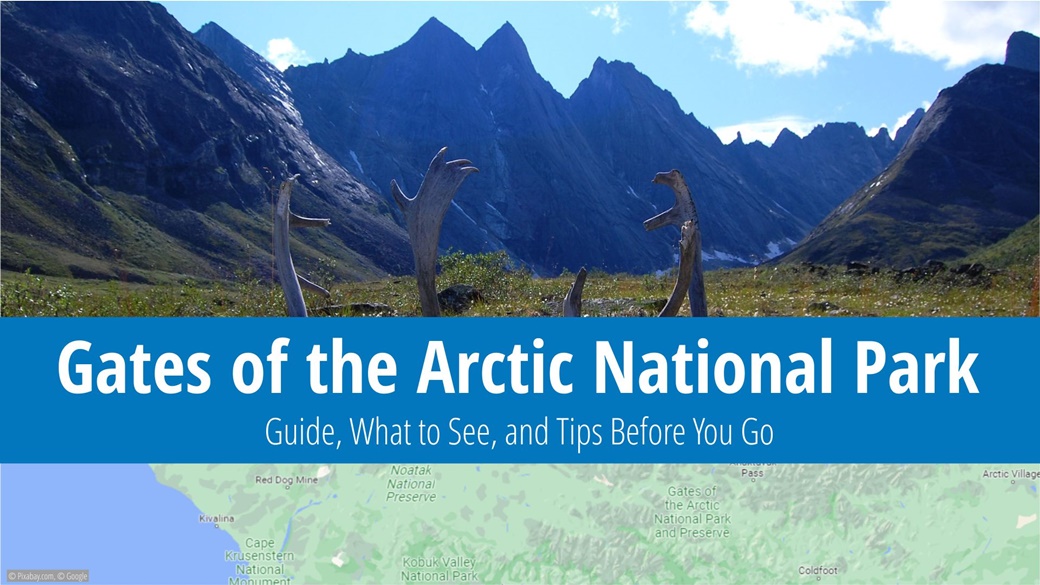
Table of Contents
- Information About Gates of the Arctic National Park
- What to See and Do in Gates of the Arctic National Park
- When to Visit Gates of the Arctic National Park
- Entrance Fees for Gates of the Arctic National Park
- Getting to Gates of the Arctic National Park
- Lodging in Gates of the Arctic National Park
- Tips and Recommendations before Visiting Gates of the Arctic National Park
- Photos of Gates of the Arctic National Park
Information About Gates of the Arctic National Park
The northernmost of America’s national parks was officially designated on December 2, 1980. The entire park lies north of the Arctic Circle, hence the name Gates of the Arctic. The vast majority of the park is composed of the Brooks Range.
The park’s highest point is Mount Igikpak at 8,278 ft, while its lowest at just 279 ft above sea level is part of the Kobuk River.
In 2021, only 7,362 people witnessed the beauty of the Alaskan wilderness, making it the least visited national park in the USA. By comparison, the most-visited Great Smoky Mountains attracts 14.1 million people annually. Gates of the Arctic also stands out in another parameter: At 11,756 sqmi, it’s the second-largest national park, with only Wrangell – St. Elias being larger.
Most of the vegetation in Gates of the Arctic National Park consists of white spruce and black spruce. The park is home to a variety of animals including moose, grizzly bears, black bears, Alaskan sheep, wolves, musk oxen, and reindeer. Among the smaller animals, you may encounter beavers or snowshoe hares. And in the summer, mosquitoes—you will especially feel them on your skin.
What to See and Do in Gates of the Arctic National Park
Whatever you choose to do in Gates of the Arctic National Park, it promises to be a once-in-a-lifetime experience.
One of the most straightforward activities offered is hiking. There are no marked trails or routes, but that’s part of the Alaska experience. It’s about freedom, nature, and grand adventure. Always plan your trek using up-to-date topographic maps. Among experienced hikers, covering a distance of 6 mi per day is considered good.
For mountain enthusiasts, the Arrigetch Peaks, Mount Doonerak, and Mount Igikpak areas provide excellent climbing opportunities in the Gates of the Arctic. Access to these areas is primarily via plane.
While national parks in the continental USA feature Scenic Drives—roads offering spectacular views of the surrounding area—Gates of the Arctic has Wild and Scenic Rivers. There are six of them in total, navigable by canoe during the summer months.
Alatna River
The Alatna River, within the park boundaries, stretches 83 mi and offers views of snow-capped mountain peaks and spruce forests.
John River
Spanning 52 mi, the John River allows you to admire rocky cliffs as you float along. Its lower reaches are also suitable for less experienced paddlers.
Kobuk River
The Kobuk River, 110 mi long, showcases stunning views of surrounding hills, two canyons, and Walker Lake.
Noatak River
The Gates of the Arctic National Park includes 65 mi of the Noatak River’s course, with another 265 mi lying outside the park. It is one of the longest wild rivers in Alaska, offering beautiful views of snow-capped peaks in the surrounding mountains.
Koyukuk River
The northern stretches of the Koyukuk River, which extend for 102 mi, afford views of the Endicott Mountains’ peaks as you float down the river.
Tinayguk River
Approximately 44 mi long, this river in the Endicott Mountains is less accessible than the others. Apart from floating, hiking in the surrounding area is also an option.
For wilderness expeditions, river rafting, and other adventurous activities in Gates of the Arctic, visit ArcticWild.com.
When to Visit Gates of the Arctic National Park
The national park is accessible all year round, the primary and virtually only restriction being the weather.
The best time to visit Gates of the Arctic National Park is during the summer months, from June to August, when temperatures reach a rather comfortable 50 °F. Contrastingly, the bitterly cold months from October to April see average temperatures around -31 °F, which can often plunge below -58 °F, especially with strong winds.
If you favor winter, the temperatures in May and September might be bearable for you. However, keep in mind that the park is above the Arctic Circle and can experience snowfall any day of the year.
Average Temperatures and Visitor Numbers in Gates of the Arctic National Park
Average temperatures in Gates of the Arctic National Park. Visitor numbers are based on a 2017-2021 average, data source: National Park Service.
| Max Temp | Min Temp | Precipitation Days | Visitors | Popularity | |
|---|---|---|---|---|---|
| January | 0 °F | -15 °F | 4.1 | 104 | 🟩 |
| February | 7 °F | -11 °F | 3.4 | 86 | 🟩 |
| March | 18 °F | -6 °F | 2.8 | 205 | 🟩 |
| April | 36 °F | 14 °F | 3.0 | 115 | 🟩 |
| May | 55 °F | 36 °F | 5.3 | 280 | 🟩 |
| June | 70 °F | 48 °F | 6.7 | 1 599 | 🟥🟥🟥🟥 |
| July | 70 °F | 50 °F | 9.0 | 2 835 | 🟥🟥🟥🟥 |
| August | 63 °F | 45 °F | 9.9 | 3 449 | 🟥🟥🟥🟥 |
| September | 48 °F | 34 °F | 7.7 | 1 016 | 🟧🟧🟧 |
| October | 27 °F | 14 °F | 5.3 | 23 | 🟩 |
| November | 7 °F | -6 °F | 3.9 | 4 | 🟩 |
| December | 1 °F | -13 °F | 4.1 | 24 | 🟩 |
Entrance Fees for Gates of the Arctic National Park
There is no charge to enter the national park. However, all visitors must stop at one of the information centers to receive a wilderness awareness lecture. During this course, you will learn how to forecast the weather, the risks associated with fire or animal attacks, and proper camping rules.
Getting to Gates of the Arctic National Park
The park’s remoteness is apparent in the fact that it isn’t accessible by car. However, about 5 mi east of the park boundary is James W. Dalton Highway (number 11).
You can park in the town of Coldfoot and go hiking in the park. The drive from Fairbanks to Coldfoot takes about 6.5 hours, covering a distance of 254 mi (View Route).
During June, July, and August, buses run all the way to Gates of the Arctic National Park on the Dalton Highway Express. The simplest and most convenient way to reach the park is via air taxi.
Lodging in Gates of the Arctic National Park
🏨 Hotels
There are no hotels, motels, or other commercial accommodations operating in Gates of the Arctic National Park or in the immediate area. The nearest accommodations are in the distant city of Fairbanks.
⛺ Campsites
When visiting the park, it is generally assumed that you will be camping in the park and have experience doing so. There are no designated camping sites at Gates of the Arctic. However, the website provides basic instructions which I recommend reading.
Tips and Recommendations before Visiting Gates of the Arctic National Park
ℹ️ Visitor Center
The park hosts several visitor centers where you can seek assistance, information, or simply share your plans. It is always advisable to call ahead:
- Bettles Ranger Station and Visitor Center (Show on Map)
Bettles Field address, phone +1 (907) 692-5494, open year-round. Daily from 8:00 a.m. to 5:00 p.m. from mid-June to the end of September; for the rest of the year, Monday through Friday from 1:00 to 5:00 p.m. - Fairbanks Administrative Center (Show on Map)
The National Park Center is situated in Fairbanks at 4175 Geist Road. Phone +1 (907) 457-5752, open year-round Monday through Friday from 8:00 a.m. to 4:30 p.m. - Arctic Interagency Visitor Center (Show on Map)
Located in the town of Coldfoot on the Dalton Highway. Open from Memorial Day through Labor Day, seven days a week from 10 a.m. to 10 p.m. Phone +1 (907) 678-5209. - Anaktuvuk Pass Ranger Station (Show on Map)
The station is open year-round, but arrangements should always be made first by calling +1 (907) 661-3530.
Before visiting the park, always provide the rangers with a detailed plan of your trip. This way, in case of any issue, they will be aware of your intended itinerary.
👍 Good to Know
Understandably, all food should be brought to the park in bear-proof containers. Containers can be rented free of charge at the Coldfoot ranger station. Water is abundant throughout the park, but purification is essential. Please be responsible and take any waste you produce back with you. It would be a great shame to litter such pristine nature.
Most of the hazards in Gates of the Arctic National Park arise from extreme weather, wildlife, and predators (especially bears). If you lack even a basic understanding of wilderness survival, you should reconsider visiting this park.
Photos of Gates of the Arctic National Park


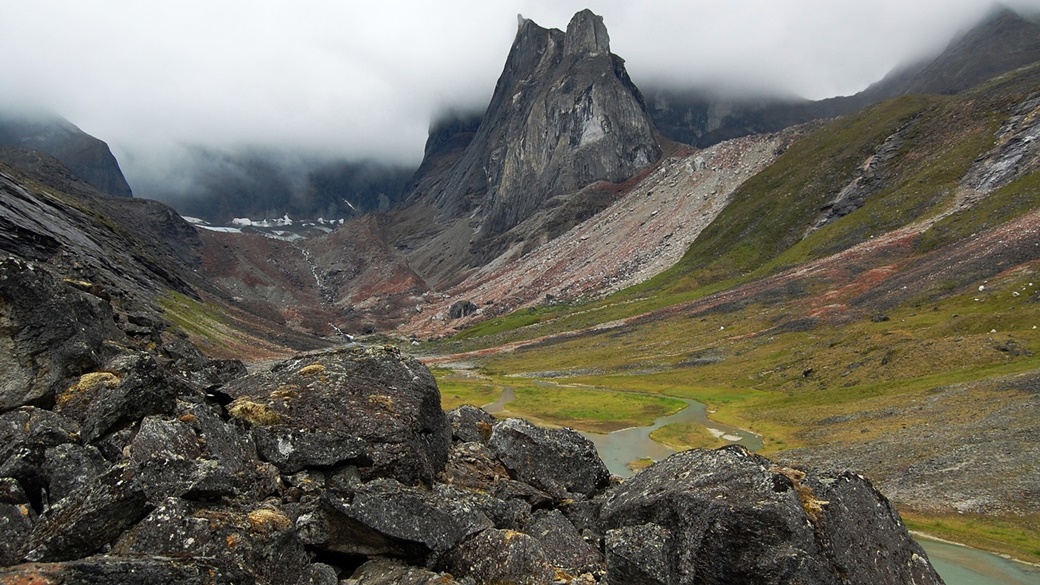
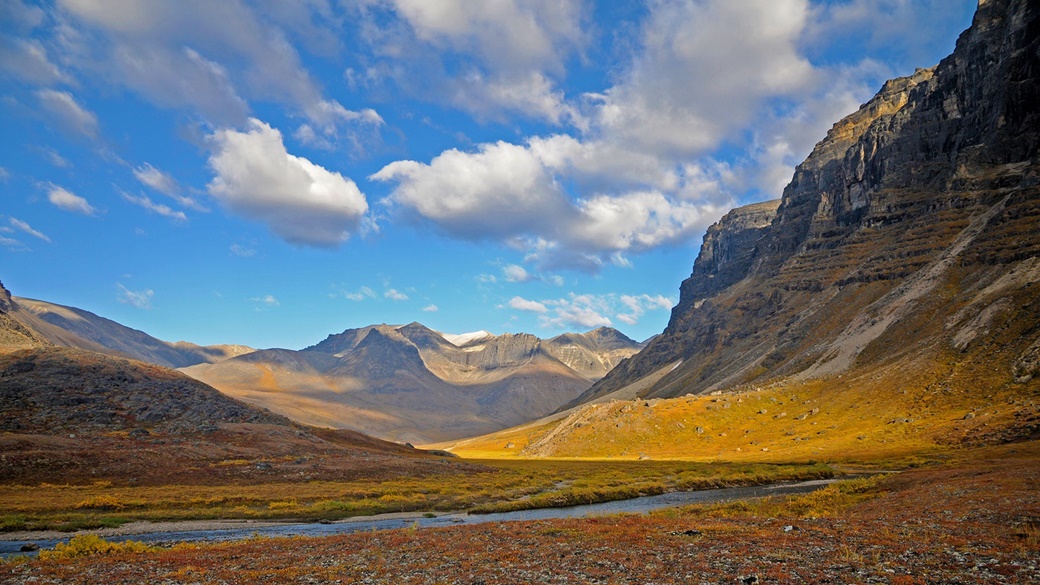
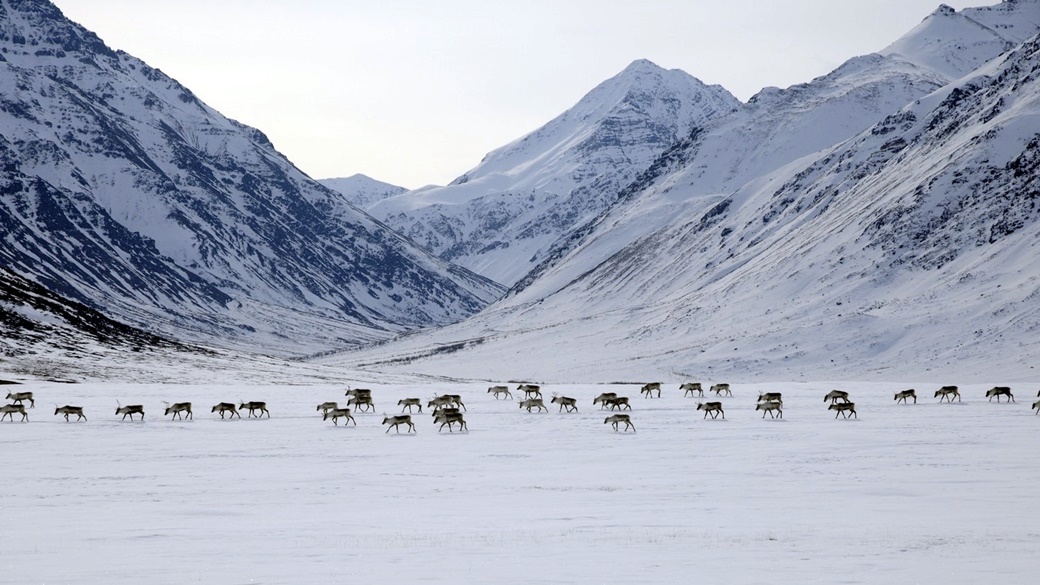
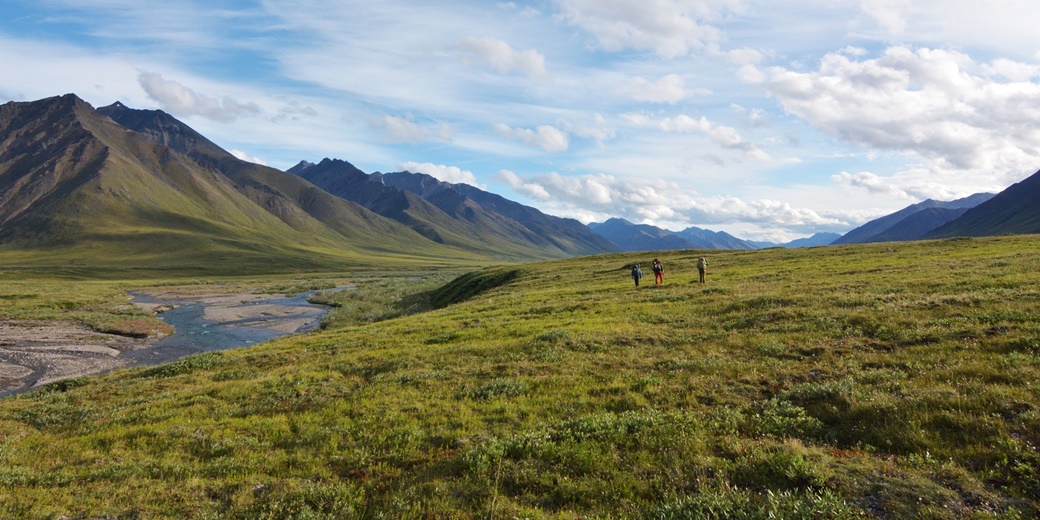
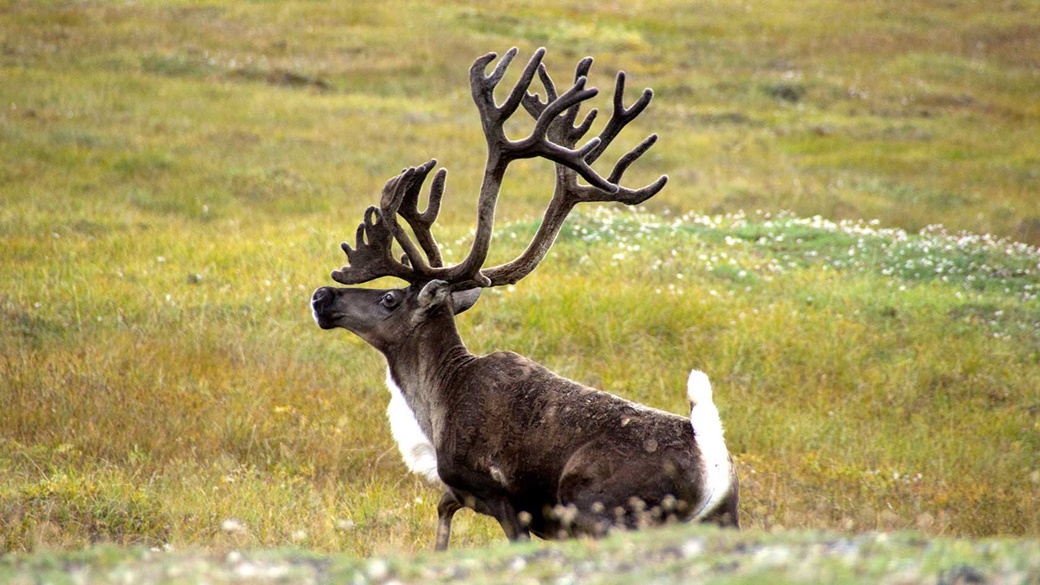
US National Parks
- National Parks of the USA – Map, List and Annual Pass
- America the Beautiful Pass 2025 – How It Works, Cost & Parks
- Timed-Entry Reservation for US National Parks (2025 GUIDE)
Travel Guides to USA National Parks

 10 Best Photo Places in the USA
10 Best Photo Places in the USA




Contribute with Your Question or Personal Experience